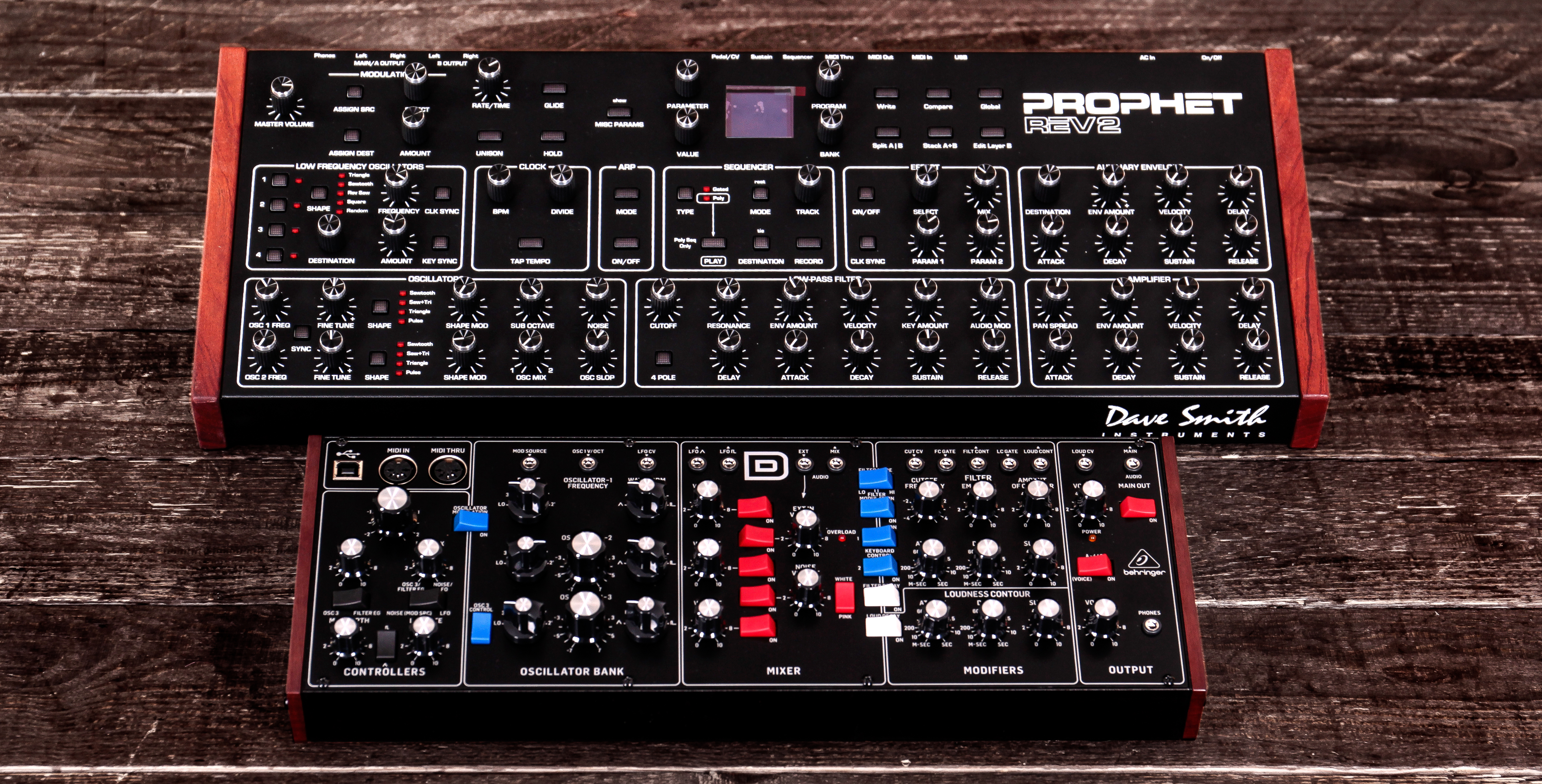The Pros of Software Synths
We’ve already said it a couple of times in this article, but we’re gonna say it again – softsynths offer heaps of choice. Whether it’s sampled emulations of classic hardware or a totally artificial wavetable-style synth, you’ll have tons of presets from the get-go. Then you’ve got your parameters to tweak, most likely including all the stuff you’ll find on hardware; cutoff, resonance, waveform, ADSR. There’s a chance you’ll have even more tweaking options thanks to the smart folks who build this software. Intuitive morph controls, studio-quality effects – the possibilities are borderline never-ending.

(above – Omnisphere 2, widely regarded as one of the most powerful softsynths in the business)
As mentioned earlier, there’s something kinda handy about having hundreds of slick synth tones neatly concealed in a laptop or computer. They take up way less desk space – scratch that, no space whatsoever. They tend to more flexible too; tweak them and combine them with other sounds, record them instantly thanks to MIDI and integration with your DAW of choice. In these respects, softsynths are undeniably practical.
Further to this, there’s the value for money aspect to consider. We used Behringer’s Neutron as an example earlier; compare software of the same value (Rob Papen, Native Instruments, Spectrasonic) and it’s easy to see which option has more choice on offer.
The Cons of Software Synths
A word of warning: the following paragraphs are essentially a mirror image of the hardware pros, hopefully for obvious reasons!
Sound – a divisive issue. There’s always an element of elitism (for want of a better word) when it comes to instruments. Sound quality is often subjective, but every now and then, science provides some conclusive evidence. When it comes to analog waveforms vs. their digitally-replicated counterparts, the former is infinitely smoother, producing a similarly fluid sound. Whether or not you can hear the difference depends on your ears. The majority of synth enthusiasts would, if given the opportunity, take a bit of hardware over a softsynth based on sound alone.
With software, you don’t get resale value – for obvious reasons. So when you drop some cash on a softsynth or plugin of some kind, that’s it. You’ve spent the money and you have to live with the consequences. Those consequences are usually pretty darn fun, and as we described earlier, you can get a whole lot of use out of them.
Finally, it’s all about the interface. Softsynths tend to come feature-packed, with unprecedented control over just about any parameter you can think of. But it’s all on screen. Yes, developers will usually style their plugins to look like actual synth interfaces, but you still need to click/drag/enter a number to tweak your settings. It just isn’t the same as reaching out and pressing real-life buttons and awaiting a sonic response! It’s worth noting that many MIDI controllers can be mapped out (some come pre-mapped) to allow you to adjust certain parameters on the fly – but if you want this compromise, you’ll need to factor in the additional cost.
Conclusion
We like to think we’ve summed up the major points for consideration. As with any of these conundrums, there’s no right or wrong answer – but there’s definitely plenty to think about. Hardware synths sound great, are fun to use and have a great resale value, while softsynths tend to offer more choice/versatility for the money, and are undeniably more practical because they have no physical footprint.
So what’s most important to you? Getting the proper sound? Having a tactile & interactive interface? Or is it value for money or practicality? The search continues…
If you’ve enjoyed reading this article, check out the rest of our Labs content here. If you’re interested in our synth offerings, check out hardware synths here, or click here for our full softsynth selection.






Responses & Questions